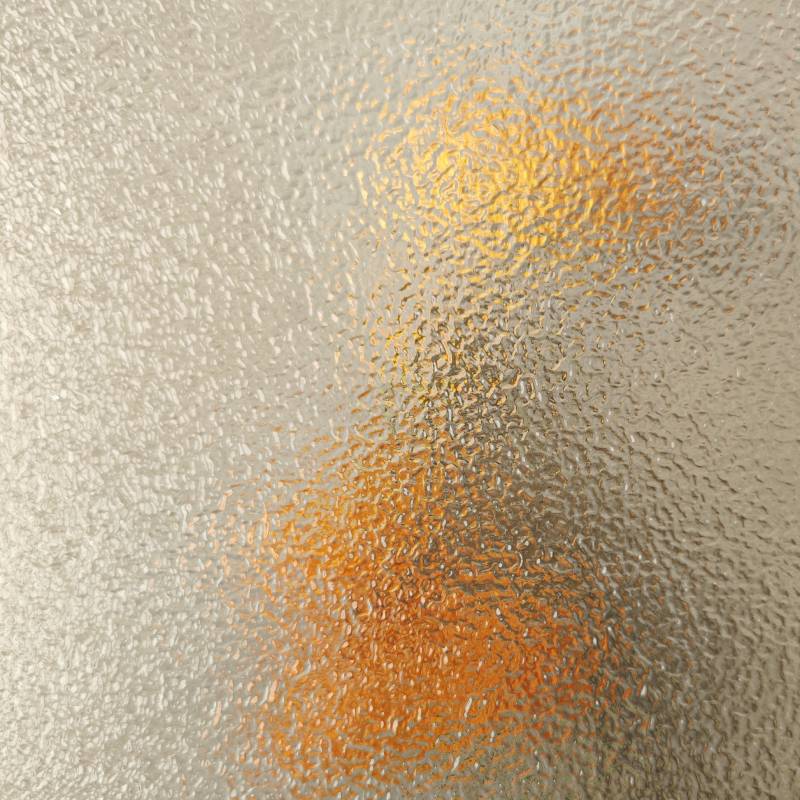

Understanding Decorative Glass Types
Decorative glass is an essential element in both architecture and interior design, offering aesthetic appeal and functional benefits. It comes in various types, each with unique characteristics that can transform spaces and enhance beauty. Here, we explore some of the most popular types of decorative glass, their applications, and the effects they create.
1. Stained Glass
Stained glass is perhaps one of the most recognized forms of decorative glass. It involves pieces of colored glass assembled together to create stunning images or patterns. Traditionally associated with churches and cathedrals, stained glass can also be used in homes to add a touch of elegance. When sunlight filters through stained glass, it produces beautiful, colorful lights that play across the room, creating an enchanting atmosphere.
2. Etched Glass
Etched glass is created by applying a chemical process to create designs on the surface. This type can be used to add privacy to spaces like bathrooms or offices while still allowing light to permeate. Etched patterns can range from simple lines to elaborate designs, making it a versatile choice for both modern and traditional interiors. This technique offers a subtle aesthetic enhancement without overwhelming the space.
Frosted glass is another type that provides a level of privacy while still allowing light to pass through. The frosted effect can be achieved through sandblasting or acid etching, resulting in a translucent surface that softens harsh light. This type of glass is popularly used in shower doors, partitions, and windows, contributing a clean and contemporary look to various environments.
4. Colored Glass

Colored glass is manufactured by adding colorants during the glass-making process, resulting in vibrant hues. This type can be utilized in various decorative applications, including mosaics, dishes, and sculptures. Colored glass can make bold statements in a room, adding personality and flair. Whether used as a backdrop or a focal point, colored glass can brighten any space.
5. Textured Glass
Textured glass adds depth and dimension to decorative applications. With various patterns like ribbed, wavy, or bubbled textures, this type provides an interesting visual and tactile experience. It can be used for windows, doors, and partitions, contributing to both functional and decorative aspects of design. The texture also diffuses light beautifully, creating a warm ambiance.
6. Wire-Glass
Wire-glass includes a thin wire mesh embedded within the glass, providing additional strength and safety. While it serves a functional purpose, it can also be decorative. Often seen in commercial spaces or in areas where safety is a concern, wire-glass can be fashioned into attractive designs, harmonizing with industrial or rustic styles.
7. Mirror Glass
Mirror glass serves both a decorative and functional purpose, reflecting light and creating an illusion of space. It can be utilized in various forms, from wall mirrors to mirrored furniture. This type of glass works wonders in small rooms, enhancing the brightness and giving a sense of openness. The reflective quality can also add glamour and sophistication to any design scheme.
In conclusion, decorative glass comes in many forms, each type bringing its unique charm and functionality. Whether for aesthetic enhancement, privacy, or light diffusion, the right kind of decorative glass can significantly enrich the design of a space, making it both beautiful and effective. As trends evolve, the use of decorative glass continues to inspire creativity in architecture and design, offering endless possibilities for interior spaces.